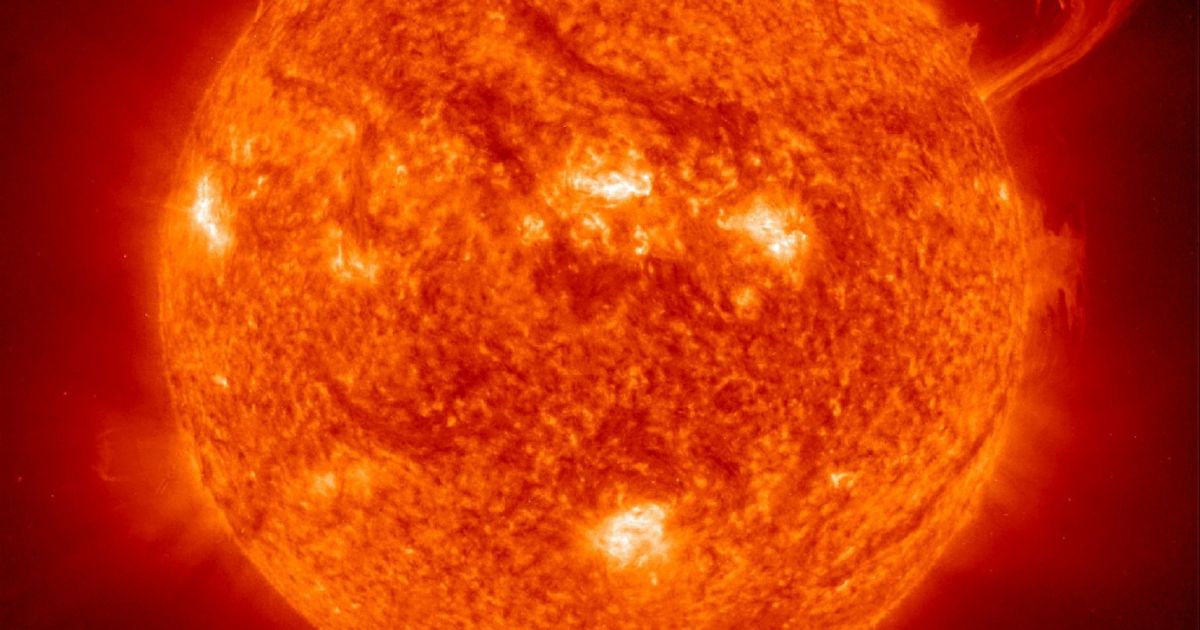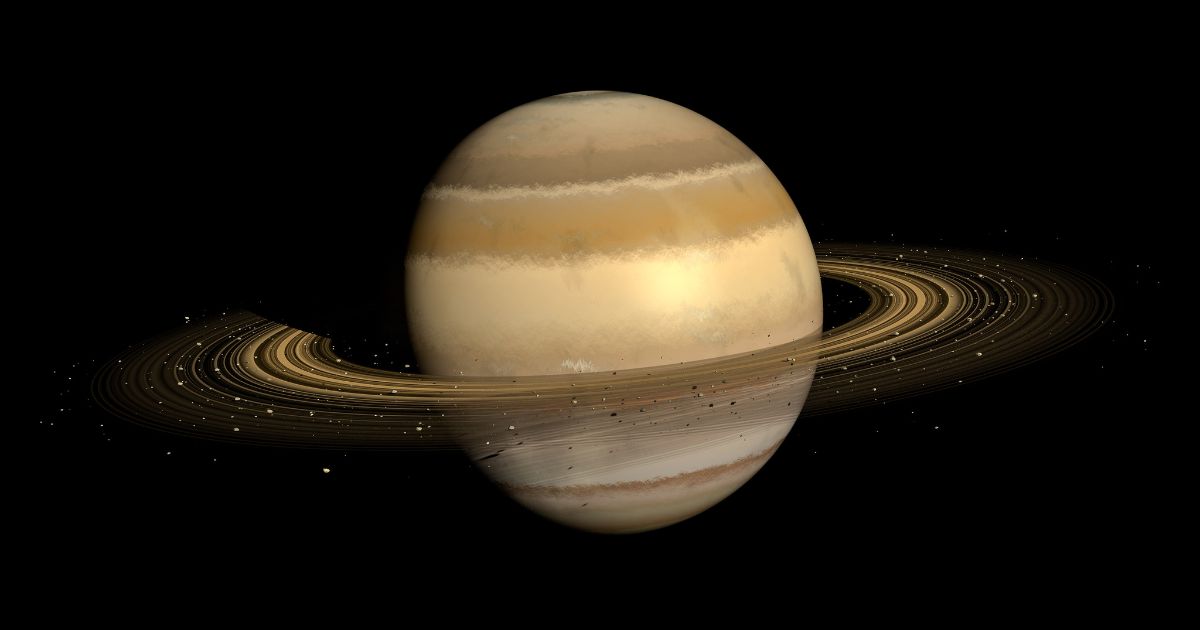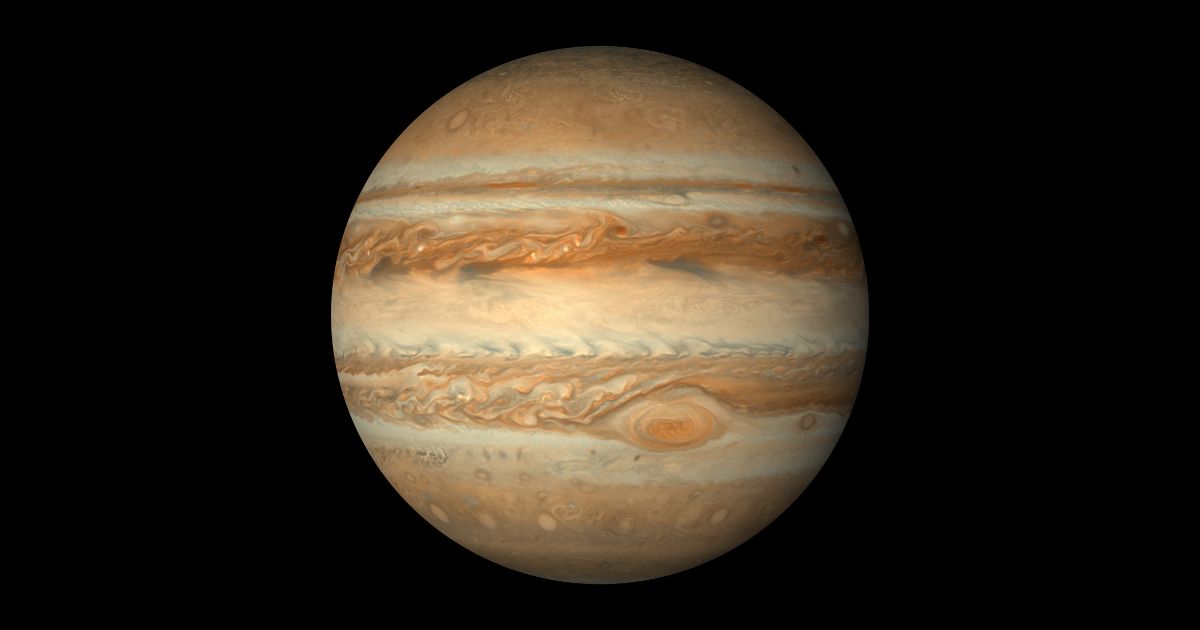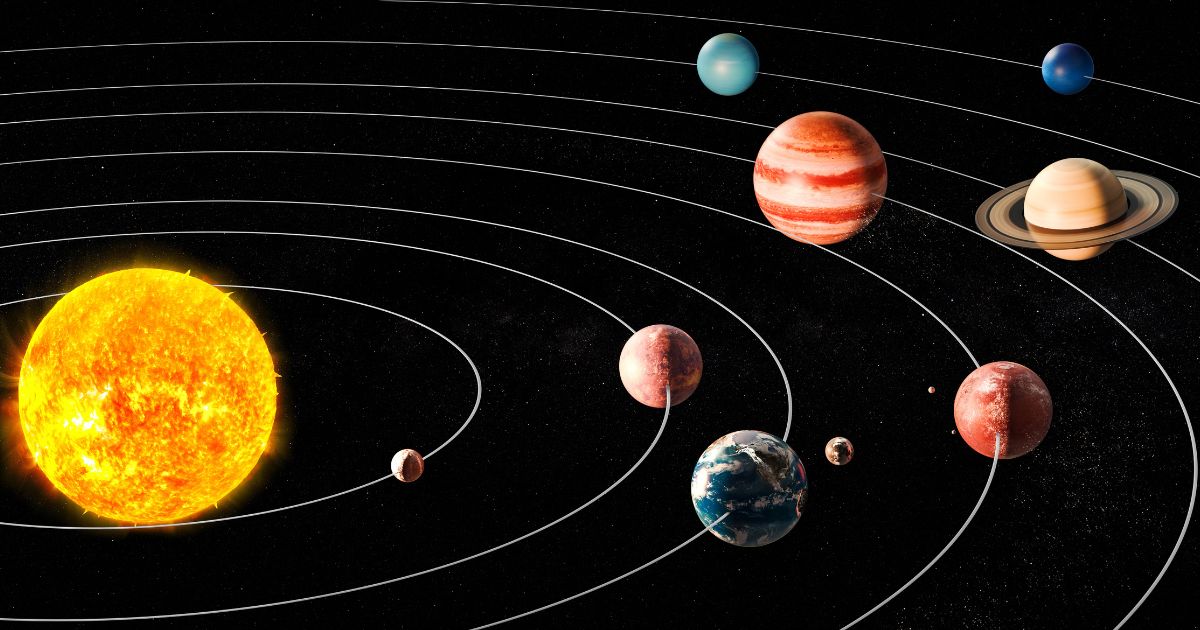The Solar System is a vast and mysterious place. It is our galactic neighborhood that we’ve never escaped. Why is it so big? What’s in it? Where are we located? Are all questions that will be answered by reading these amazing facts!

The Sun, from space
50+ Wild Fun Facts About the Solar System
The Solar System consists of nine major objects. The Sun and eight planets orbiting it.
The Sun is the largest thing in the Solar System
The Sun consists of 99.8% of the Solar System’s mass!
Jupiter is the largest planet in the Solar System
All of the other planets could fit inside of Jupiter
The four inner planets that orbit the Sun (Mercury, Venus, Earth, and Mars) are known as the terrestrial planets
The four outer planets (Jupiter, Saturn, Uranus, Neptune) are known as the gas giants
There was nine plants until 2006
Pluto was a planet up until 2006 when it was classified as a dwarf planet
The Solar System is divided up into two parts, the one with all 8 planets and then everything else beyond them
This space is called the Kuiper Belt and is where most dwarf planets and other small objects orbit the Sun
Even past the Kuiper Belt is what is thought to be the Oort Cloud
The Oort cloud is hypothetical, but it is the region filled with comets and surrounds the Solar System
Mercury is the closest planet from the Sun
Mercury has extreme temperature differences, with the side facing the Sun being super warm and the side facing away being super cold
Venus is the second planet that orbits the Sun
One day on Venus is longer than its year
Venus is the hottest planet in the Solar System due to its location and super thick atmosphere
Due to its similar shape, Venus is often called Earth’s sister planet
Earth is the third planet from the Sun
It is the planet we live on and the only known planet to house life
Earth’s surface is made of over 70% water
The Moon is slowly drifting away from Earth
Mars is the fourth planet from the Sun
Mars has a red tint due to the oxidation of iron and other metals in its soil
Mars is named after the Roman god of war
There are many expeditions planed for humans to visit Mars in the near future
The asteroid belt is the separator from the inner 4 planets and the outer 4 planets
It is made of lots of asteroids, rock, and debris
Jupiter is the fifth planet from the Sun
It is the largest of the eight planets
Jupiter has a great red spot, a storm that has been active for many years
It has more moons than any other planet in the solar system
Jupiter has faint rings around itself

Saturn, from space
Saturn is the sixth planet from the Sun
Saturn is known for its huge rings
These rings can be seen from Earth
Saturn is so light that it can float on water
Uranus is the seventh planet from the sun
It is the coldest out of all the eight planets
Uranus spins on its side
Uranus also has a small ring system
Neptune is the eighth planet from the sun
It has a super dark blue atmosphere
Neptune sometimes switches places with Pluto and becomes the farthest “planet” from the sun
The five main dwarf planets are Pluto, Haumea, Eris, Makemake, and Ceres
The Hubble Space Telescope has beautiful images of most of our Solar System
Spacecraft has visited every planet
There could be a ninth planet. Some scientists are searching for a ninth planet in the Kuiper belt due to weird movement of objects in that area
The Solar System is almost two light years across, or 12 trillion miles (19.3 trillion kilometers)!

Jupiter, from space
Frequently Asked Questions; For Curious Space Explorers
How Many Planets are in the Solar System?
There are eight official planets in the Solar System. They are Mercury, Venus, Earth, Mars, Jupiter, Saturn, Uranus, and Neptune. In addition, there are many dwarf planets and asteroids.
How Many Stars are in the Solar System?
There is only one star in the Solar System, which is our Sun.
How Many Solar Systems are there?
There are over a billion stars in the universe. In fact, there are an estimated 200 billion trillion stars. If 10% of these stars are a part of a solar system, then there would be around 200 hundred million trillion solar systems in the universe.
How Old is the Solar System?
Scientists believe the Solar System is about 4.571 billion years old.
How did the Solar System Form?
The Solar System formed due to a cloud of dust and other particles forming together. The Sun was created then so were all the other planets.
What is the Largest Planet in Our Solar System?
Jupiter is the largest planet in the Solar System. It is so large that all the other planets could fit inside of it, with room to spare.
How Big is the Solar System?
The Solar System is extremely big. It is around 93 million miles just from the Sun to Earth! Overall, it is about 2 light years in diameter.
What is the Coldest Planet in the Solar System?
Uranus is the coldest planet in the Solar System. It isn’t the farthest planet away but its strong winds and an icy atmosphere which make it the coldest.
What is the Hottest Planet in the Solar System?
Venus is the hottest planet in the Solar System. It isn’t the closest, which is odd. However, Venus has such a thick atmosphere that almost all heat is trapped. This means it’s like a furnace near its surface.
What’s in the Solar System?
The Solar System is full of many different things. There are eight planets, 5 dwarf planets, and millions of asteroids, comets, and dust particles.

Model of the Solar System
Mission Complete! Thank you for learning about the Solar System with us! Each and everyday scientists and astronomers are exploring the vast nothingness of our galactic neighborhood. Maybe one day you can be one of those people who discover something new!
Want to learn more about the planets in our solar system? Check out these other articles:

Leave a Reply